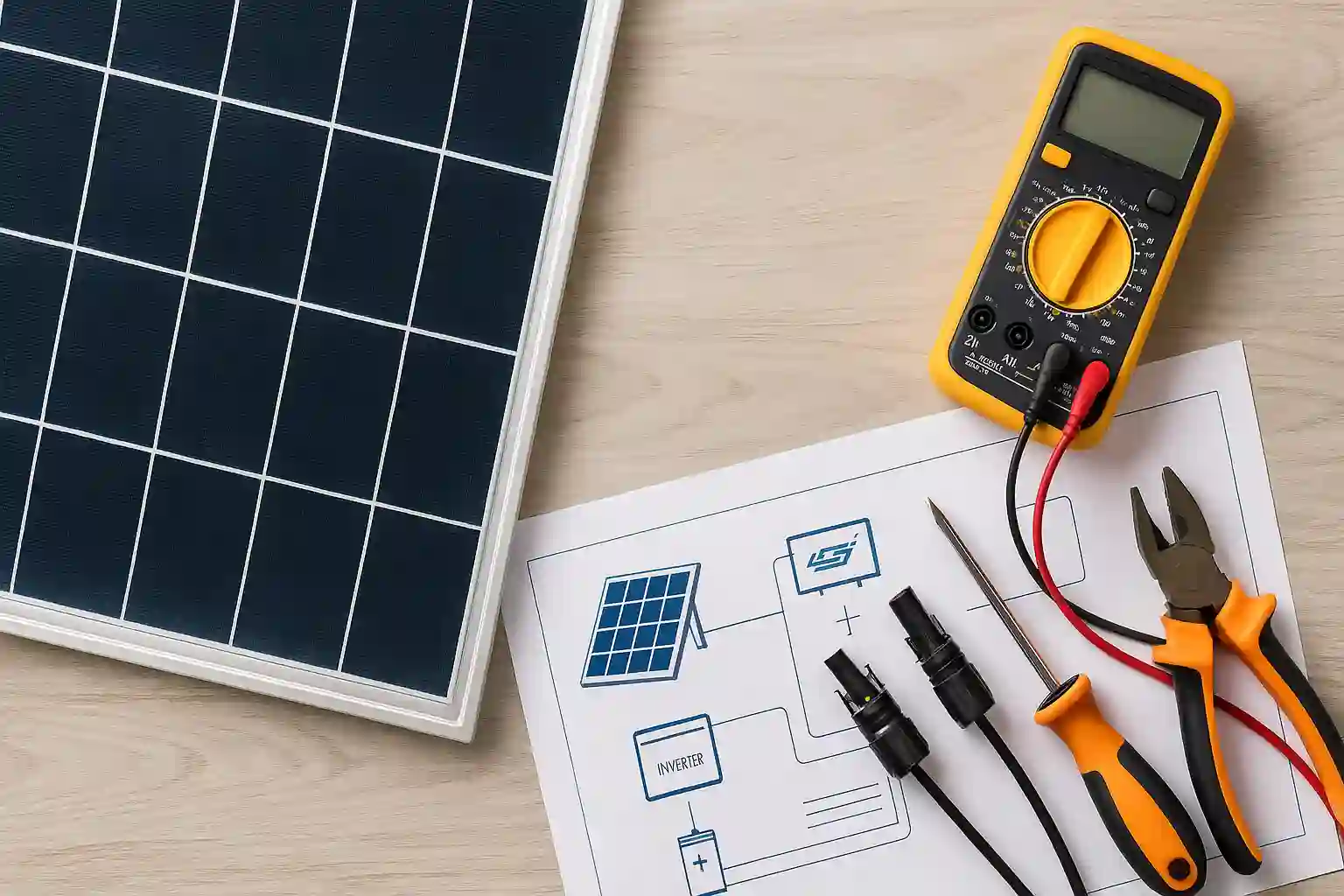
When I first started thinking about building a solar system for my small cabin, I was lost in a jungle of cables, controllers, and confusing acronyms. Then I stumbled upon A1 SolarStore’s blog — and that changed everything. Their series of guides didn’t just explain what to do; it felt like someone was walking beside me, turning technical talk into something human and practical.
It all began with the Ultimate guide: DIY solar system kit. That article gave me structure. Instead of random YouTube tutorials and forum debates, it offered a logical sequence — from estimating power needs to choosing between grid-tie, hybrid, or off-grid setups. It helped me finally understand how all the pieces fit together. Reading it felt like drawing my first real map of the project.
Once I had a plan, I needed to figure out how to wire everything safely. The Wiring solar panels, charge controller and battery together guide became my constant reference. It broke down the process step by step, explaining why it’s crucial to connect the battery first and panels last — and what could go wrong if I didn’t. I actually printed it out and taped it to my workshop wall.
Then came the day I needed a quick reminder, not another long read. That’s where How to connect solar panels to charge controller in 3 steps came in handy. Three clear steps — short, simple, and perfect when you’re standing under the sun with tools in hand. It turned out to be the checklist I didn’t know I needed.
After wiring the basics, I wanted to understand what the mysterious little box — the charge controller — was really doing. Understanding the functionality of solar charge controller made that click. I learned that it wasn’t just a connection point — it was the system’s brain, regulating voltage and keeping the batteries safe. That single article probably saved me from burning through a few batteries.
And when I started wondering whether upgrading to MPPT technology was worth it, Looking at MPPT solar charge controller in detail gave me the answer. It explained how MPPT controllers actually convert extra voltage into usable current, boosting efficiency by up to 25 %. That’s not just theory — I could see the difference once I installed mine.
What I Took Away
Reading these guides in order turned what seemed like a daunting technical challenge into an achievable weekend project. A1 SolarStore didn’t just publish how-to posts — they created a learning path. If you’re thinking about going solar on your own, start with these five articles. They’ll save you time, money, and a lot of second-guessing.

